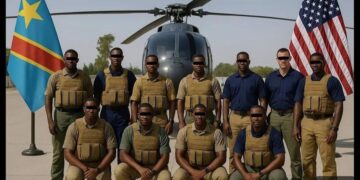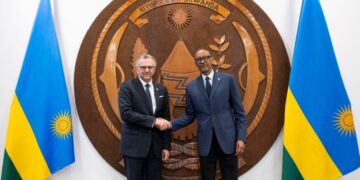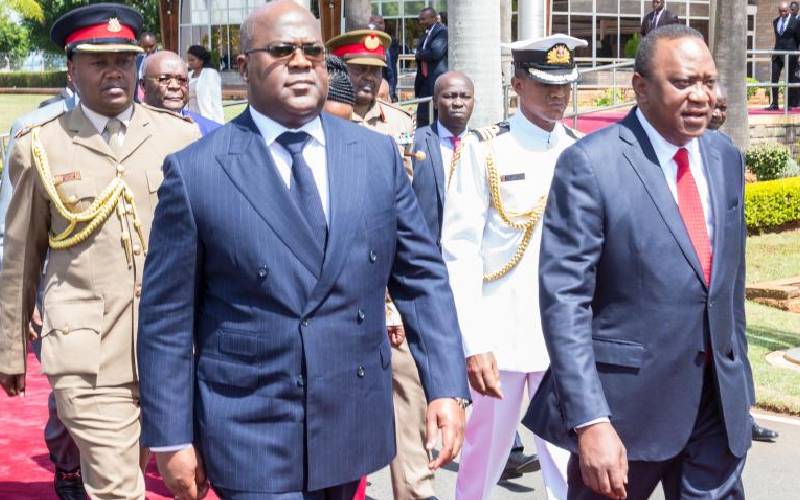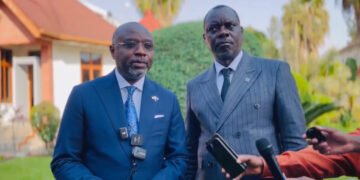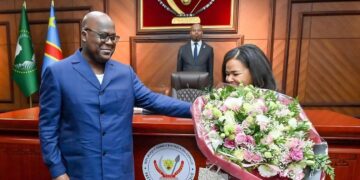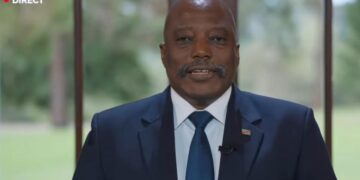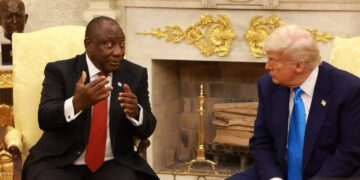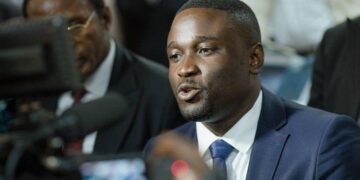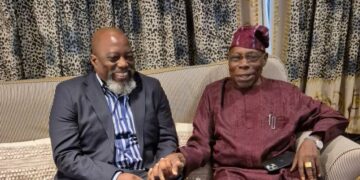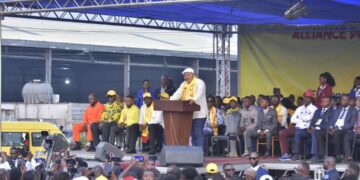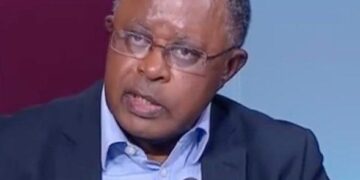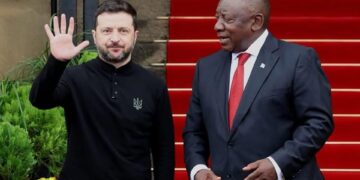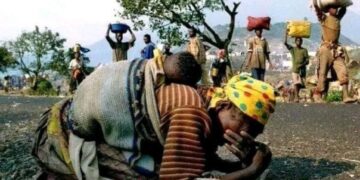This uneven distribution of attention raises a critical question: Why the repeated visits to the same region, and why are others consistently overlooked?
There’s no denying the economic significance of Haut-Katanga and Lualaba. These provinces are the heart of the DRC’s mining industry, producing the bulk of the world’s cobalt and a substantial amount of copper both crucial for batteries, electric vehicles, and electronics. Major international mining companies operate in these regions, and billions of dollars pass through their economy each year.
President Tshisekedi’s visits often coincide with inaugurations of mining projects, negotiations with foreign investors, or meetings on infrastructure related to mineral extraction and export. In contrast, provinces without such strategic resources receive far less attention, despite facing severe issues such as poverty, conflict, poor infrastructure, and lack of access to basic services.
Another possible motivation could be political calculation. The Katanga region has long been a political powerhouse, historically tied to influential figures such as former President Joseph Kabila. Maintaining strong ties or asserting influence in this area could be part of a broader strategy to consolidate political support, especially ahead of future elections.
President Tshisekedi may also be attempting to shift the political dynamics in the region in his favor, using development promises and physical presence as tools to sway local elites and voters.
While these visits may be justified from a statecraft or economic standpoint, they have not gone unnoticed by citizens in other provinces. Frustration is growing among people in neglected regions who feel abandoned by the central government. Their concerns are valid: many of these provinces lack paved roads, reliable electricity, clean water, and functioning health services. Some regions are still grappling with insecurity, especially in the east of the country, and residents often feel that their voices are ignored.
The perception of a “two-speed country” where certain provinces advance while others are left behind is dangerous for national cohesion. It risks deepening divisions and undermining trust in the central government.
A true national leader must rise above regional favoritism. President Tshisekedi’s frequent presence in Haut-Katanga and Lualaba must be balanced with real engagement in the rest of the country. Provinces like Equateur, Tshuapa, Kasaï-Oriental, and Tshopo deserve equal attention, investment, and presidential presence.
If the reason behind this regional focus is not purely economic, then what is it? The question lingers in the minds of many Congolese, and the lack of transparency only fuels suspicion.
In a country as vast and diverse as the DRC, equitable leadership is not just a principle it is a necessity for long-term stability and development.



